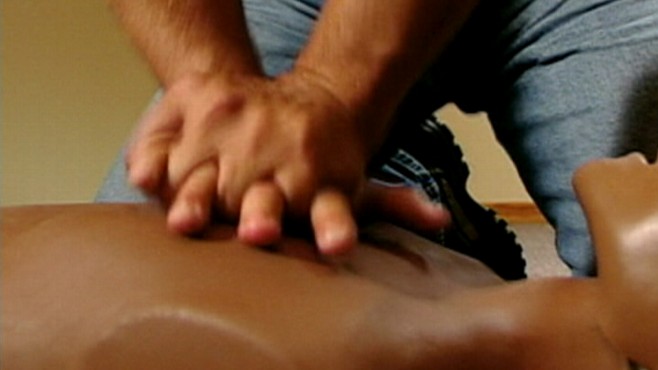Flickr CC BY Anne
Davis
I just returned from a meeting with my Student Affairs
Assessment Committee. We attended a webinar where Campus Labs demonstrated some of their
products. Afterwards, the attendees voiced their thoughts about the products, as
well as assessment in general. I left the meeting with two equally strong
impressions:
1. Our committee has some highly intelligent and dedicated
individuals who are doing everything they can to help their departments produce
quality assessments. They see assessment as an integral part of not only their
jobs, but of the entire division – a necessary step we need for continuous
improvement and to show that what we do provides value to our stakeholders.
2. I am just a dumb jock.
Through most of the 1.5 hour web presentation, and the hour-long
discussion afterwards, I had little clue about what any of it meant. Even
something as basic (I assume) as SPSS
was foreign to me. But then you toss in buzz words like “ key performance
indicators” and “regression analysis,” large
data sets, and names of educational theorists I’d never heard of (OK, I’d at
least heard of Kuh),
and my head starts to hurt. I feel like I am in a foreign land and everyone
around me is talking like I understand what they’re saying, but in truth I
don’t speak one word of the language. I want to stand up and scream, “I don’t
understand any of this,” but I am too embarrassed. After serving on the
Assessment Committee for the past four years, I have never felt so unqualified
to be in the room.
I don’t really think I’m dumb. I’ve just never taken a
modern statistics course. There have been many changes in Student Affairs
within the past 10 years that I’ve had to learn on my own. Technology,
sustainability, assessment, they all come with their own requirements and even
their own language. I’ve had to learn about these things either on my own or at
conferences, while still performing the daily tasks that my “regular” job
requires. Some would argue that these things ARE my regular job, and I would
agree, but the level of learning that is required has kept me late at the
office many, many times. And just when I thought I was getting a handle on
current trends, I realize that I know almost NOTHING about statistics. And I
really, really need to know statistics. I WANT to know statistics. But today, at
this moment, that task just seems so daunting. I will be starting from
chi-square one while the rest of my committee will be moving on to more
advanced statistics, and I fear I’ll never be on their same page. I thought
about that “I Love Lucy”
episode where the assembly line goes faster and faster, and Lucy can’t keep
up. And just like Lucy, I can’t keep up with my Assessment Committee
colleagues. I briefly fantasized about quitting. It was all too much.
But the thing is, there will always be something new to
learn. Students graduating today with their master’s degree in Higher Education
will, ten years from now, find themselves scrambling to keep up with new
skills, ideas, and technologies. They will have to learn on the fly, just like
me. I don’t want to adopt the attitude of an employee I knew who, when asked to
learn how to organize a spreadsheet in MS Excel, replied, “I will be retiring
in a few years. I don’t want to learn anything new.”
So bring it on. Whatever I need to learn to help me stay
current in my job, then by god, I’m going to learn it. And, thank god, I WANT
to learn it. For me, the worst thing would be to tire of learning. So in the
words of Bob Dylan:
Come gather 'round people
Wherever you roam
And admit that the waters
Around you have grown
And accept it that soon
You'll be drenched to the bone
If your time to you Come gather 'round people
Wherever you roam
And admit that the waters
Around you have grown
And accept it that soon
You'll be drenched to the bone
Is worth savin'
Then you better start swimmin'
Or you'll sink like a stone
For the times they are a-changin'.







